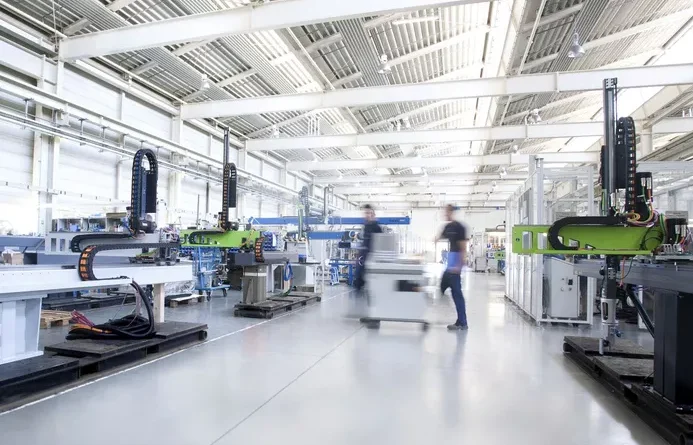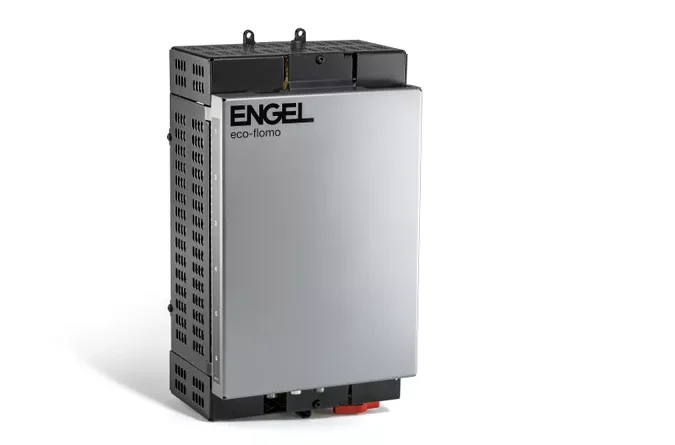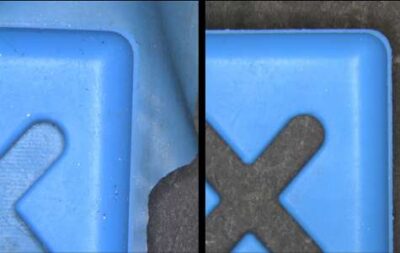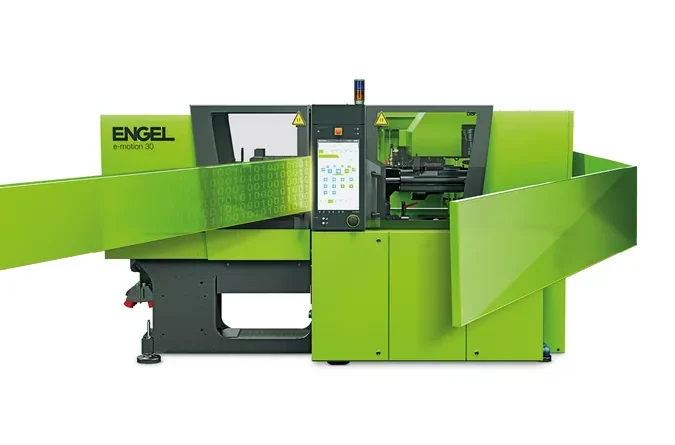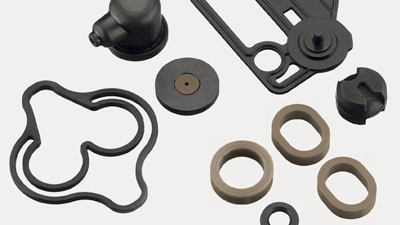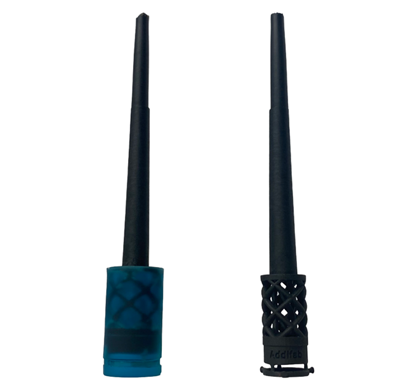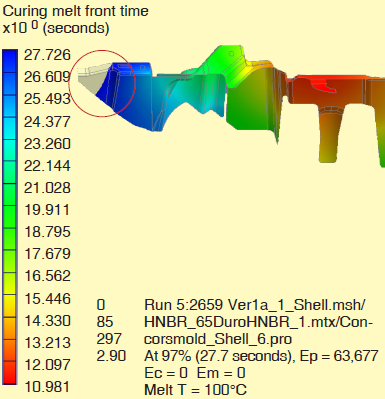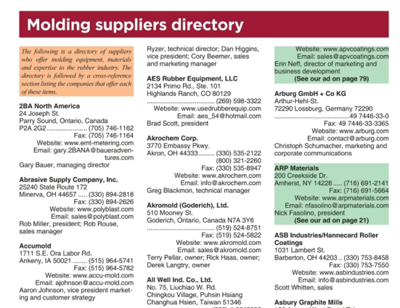ENGEL to expand its global production network in Mexico
The 10th production facility underscores ENGEL’s commitment to self-reliance. With expertise in building components in-house, from machining centres to final assembly, the company aims to minimize the impact of external factors on its operations. This strategic move will enable ENGEL to maintain a robust supply chain and ensure uninterrupted delivery of products and services despite global supply chain interruptions and transportation issues.
Read More
